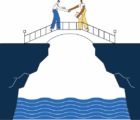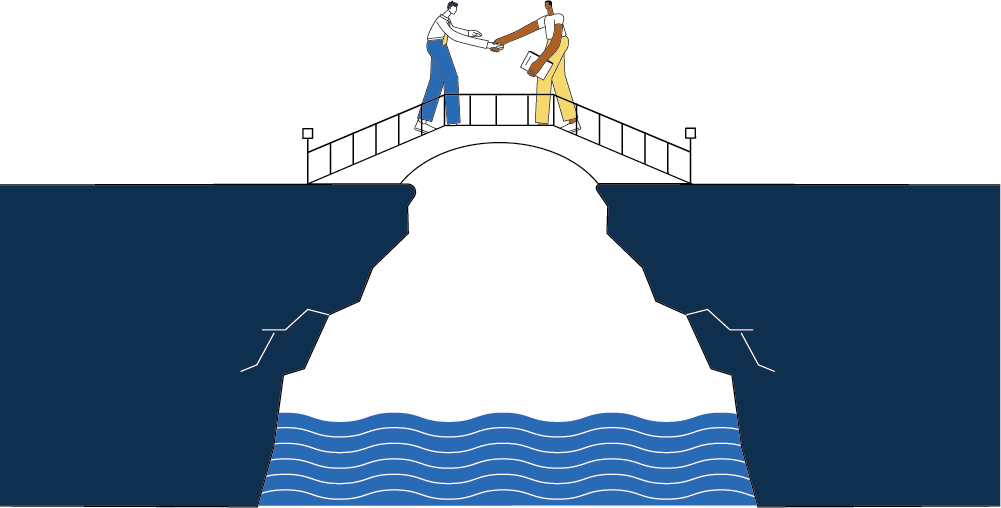Index Measures Changes in Extreme Weather Events and Sea Level
The Casualty Actuarial Society, along with other organizations representing the actuarial profession in the United States and Canada, launched the Actuaries Climate Index™ (ACI), which provides a quarterly measure of changes in extreme weather events and sea levels. The ACI is available online at ActuariesClimateIndex.org.
 The ACI was developed by the Climate Change Committee, which is a joint effort of the CAS, American Academy of Actuaries, Canadian Institute of Actuaries and Society of Actuaries.
The ACI was developed by the Climate Change Committee, which is a joint effort of the CAS, American Academy of Actuaries, Canadian Institute of Actuaries and Society of Actuaries.
The index is based on analysis of quarterly seasonal data for six different index components collected from 1961 to winter 2016, compared to the 30-year reference period of 1961 to 1990. The educational tool was designed to help inform actuaries, public policymakers and the general public about climate trends and their potential impact.
The ACI looks at the continental United States and Canada, placed into 12 different regions. Higher index values indicate an increase in the occurrence of extreme weather events. The latest ACI values show an increase in the impact of extreme weather events, such as high temperature, heavy precipitation and drought.
The risk that the ACI measures is relative to the average frequencies during the reference period of 1961 to 1990, which have an index value of 0.0. The data is from neutral, scientific sources that generate objective, evidence-based results on extreme weather events. According to the data analysis, 1.02 is the current five-year moving average value for the ACI. The index value remained below 0.25 during the reference period, reached a value of 0.5 in 1998, and first reached 1.0 in 2013.These values indicate a sustained increase in the frequency of extreme weather occurrences and changes in sea levels.

“Actuaries are experienced in the assessment and mitigation of the financial consequences of risk,” said Doug Collins, chair of the Climate Change Committee. “We have developed the index for analyzing the climate.”
ACI values for the most recent periods show:
- For the U.S. and Canada combined, the value for winter 2016 was 1.46, the sixth highest level below the peak reached in the fall of 2015. The high value was caused primarily by high temperatures in the northeastern U.S. and eastern Canada as well as heavy precipitation in many locations.
- The current highest five-year average values by region are in the Northwest Pacific (British Columbia and Yukon Territory), Northeast Atlantic (New Brunswick, Newfoundland and Labrador, Nova Scotia, Prince Edward Island) and Southern Plains (Kansas, Montana, North Dakota, Nebraska, Oklahoma, South Dakota, Texas and Wyoming).
Updates for values will be posted quarterly on ActuariesClimateIndex.org as data for each meteorological season becomes available. The organizations are also developing a second index, the Actuaries Climate Risk Index (ACRI), which will measure correlations between changes in the frequency of extreme events as measured by the ACI and economic losses, mortality and injuries.













